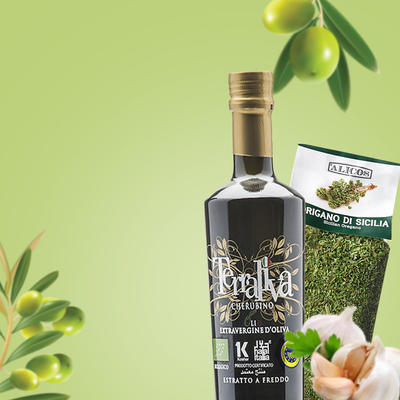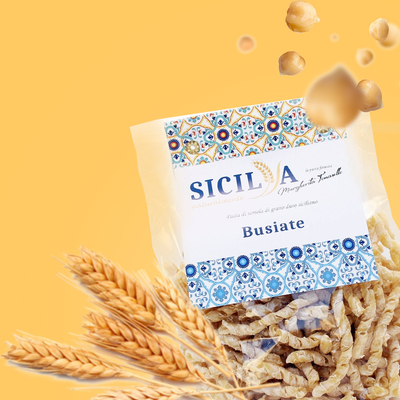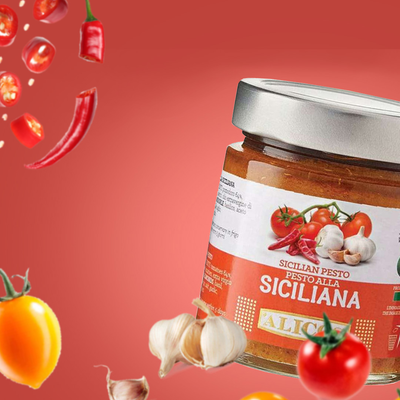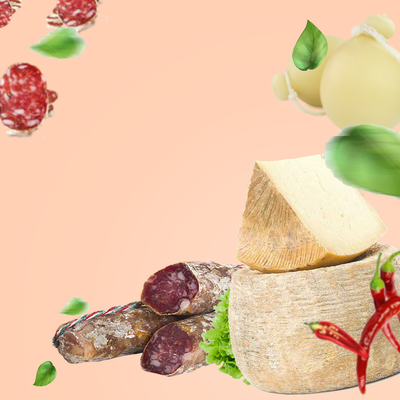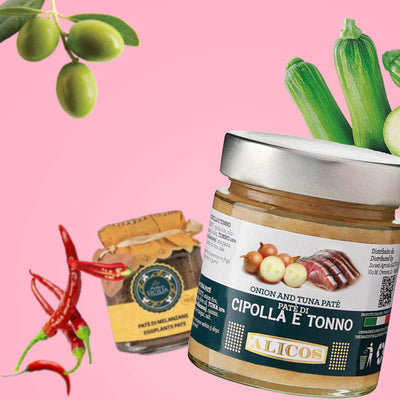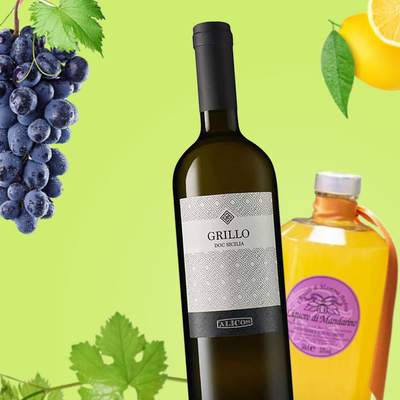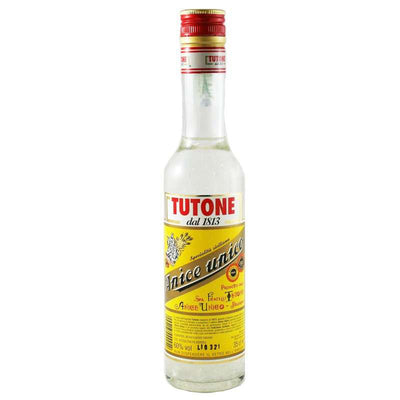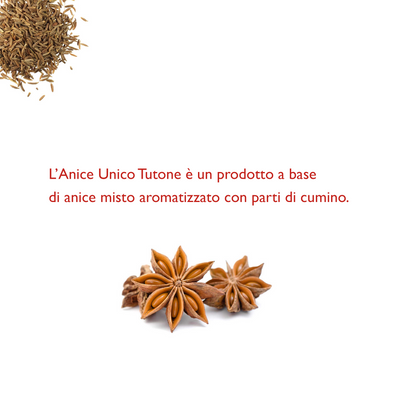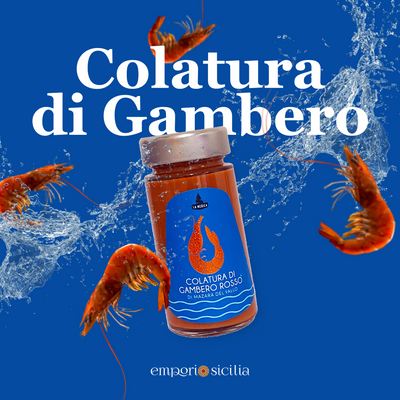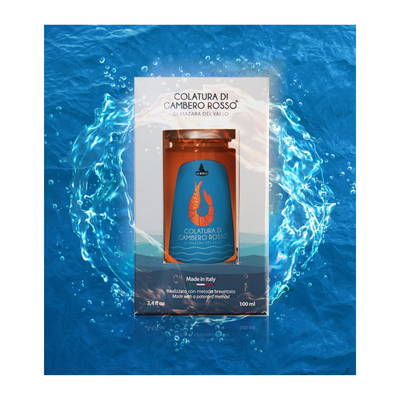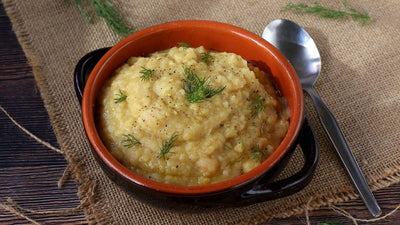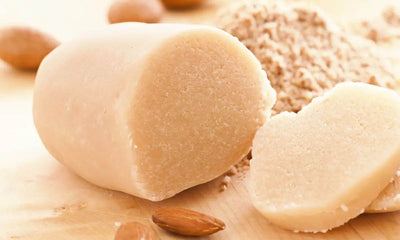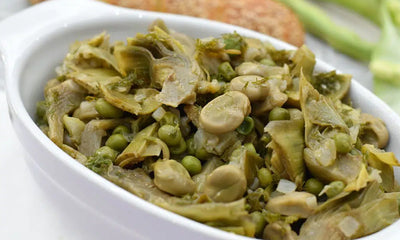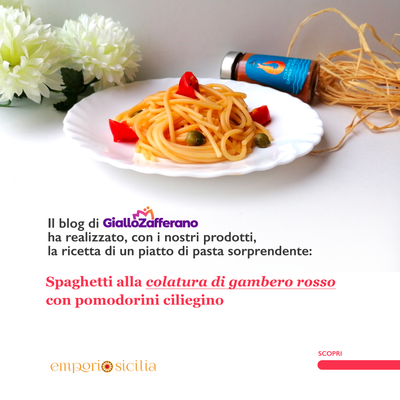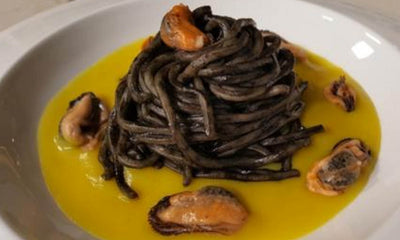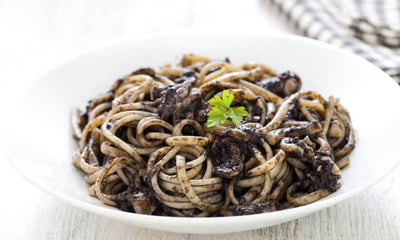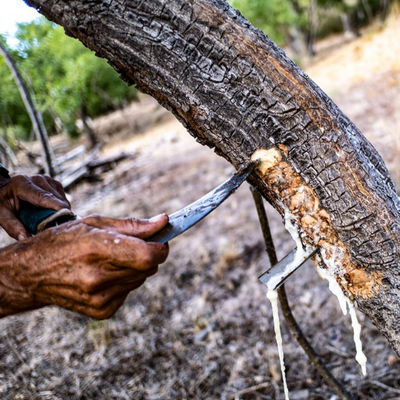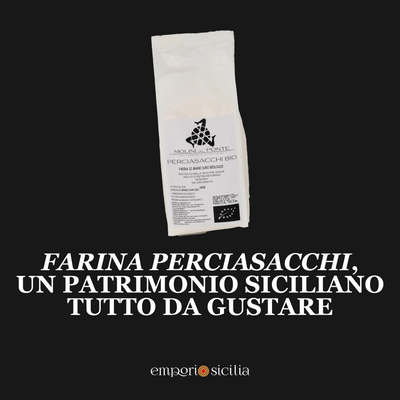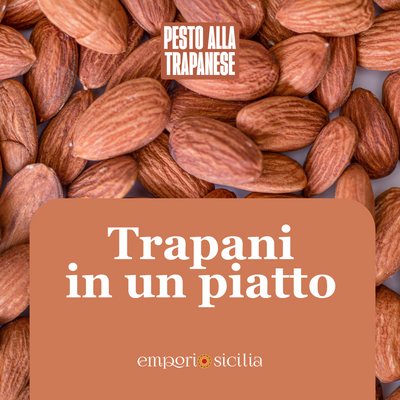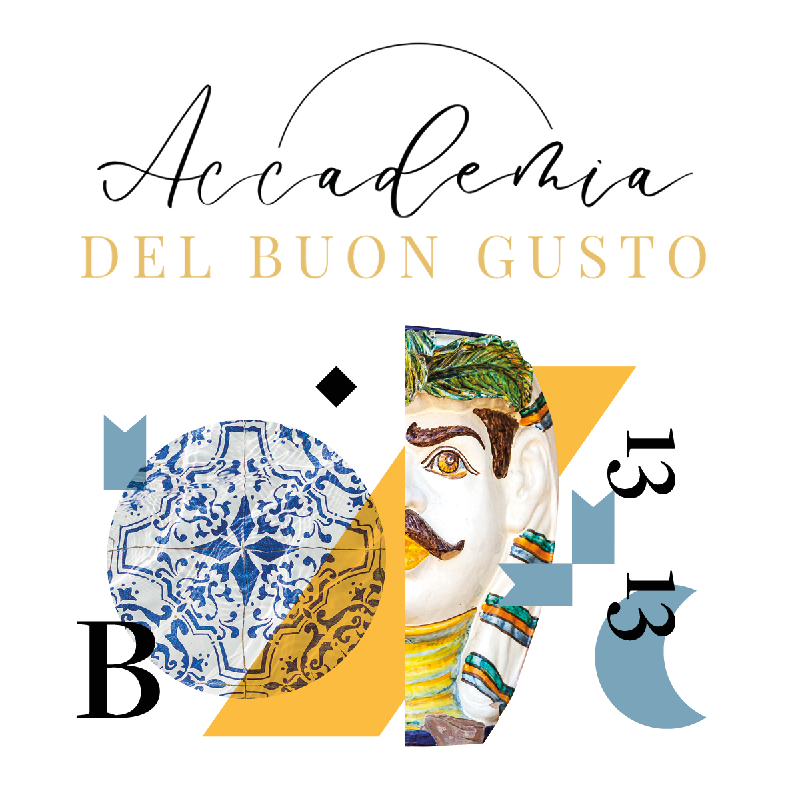Don't call it Sicilian pizza! A rich and fragrant dough, a soft crumb and a delicious seasoning: what are we talking about? But some fantastic Sicilian sfincione!
Often compared to pizza due to its similarity, this type of focaccia actually has nothing of the classic low and moist Neapolitan pizza: savory and crunchy, sfincione is a typical product of the island, in particular of the Palermo and Bagheria areas, where it is sold as a very popular mouth-watering street food. In the Palermo area in particular, it is not difficult to come across one of the little carts that "abanniano" or loudly call passers-by to the historic center or the lively markets to let them taste their sfincione.
With a dough technique not very different from that of focaccia, in reality this recipe, usually typical of the Christmas holidays, is absolutely no more difficult or less tasty than that of a nice homemade pizza. However, a typical mistake made by a neophyte in the island's cuisine is to confuse the two dishes: a true Sicilian might object that apart from the yeast, baking tray, flour, there is nothing in common between the two recipes!
Traditionally with a sauce based on tomato, caciocavallo and breadcrumbs, it has a white variant typical in the Bagheria area and like almost all regional recipes, in reality numerous different local variations. Let's get to know this dish better and, why not, let's try our hand at a delicious homemade sfincione!
How was the Sicilian sfincione born? Let's take a step back in the history of this delight: who invented it? Like all traditional recipes, its origins are lost in the mists of time. However, the sfincione seems to have been born in Palermo, inside the monastery of San Vito, in an area between the Capo market, via Cappuccini and piazza Indipendenza. The nuns of the monastery would create the tasty spongy dough as a more delicious bread, to celebrate Christmas. From that moment on, the sfincione, with its seasoning of "poor" ingredients made of onion, caciocavallo and oregano, became the protagonist of the farmers' lunch, who could only have access to humble leavened dough.
The term "sfincione" is also a speaking name: according to some it derives from the Latin spongia, or sponge for the very soft and spongy dough. And now that we know it better, let's try to prepare it!



